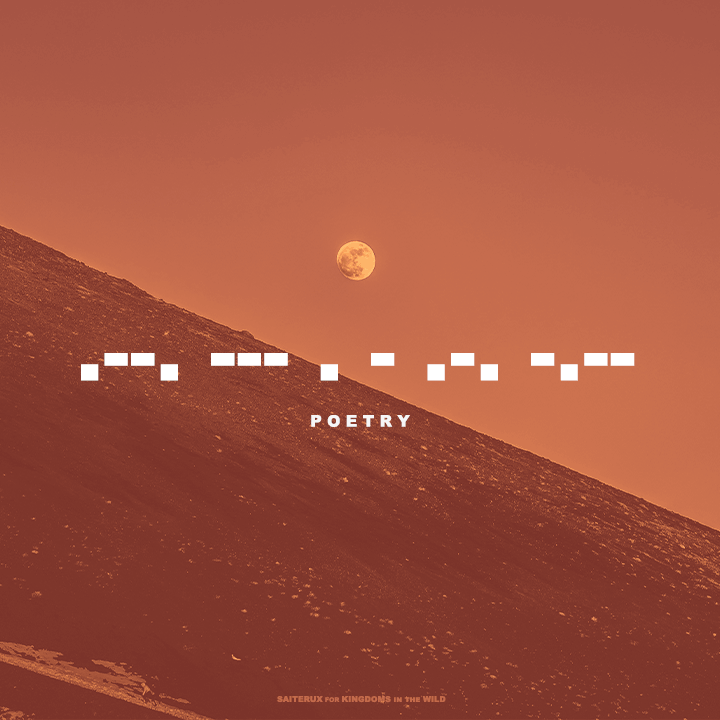2018 / poetry / author
MARY SIMS
THE OCEAN IS A GIRL: THE GIRL IS DROWNING
…
My mother said to me, once: we do not cry for the ocean.
And I told her, well maybe I do, defiant and
reaching–
hesitant only when she spoke back.
the ocean will not repay you, it feels no debt.
So I told her, I give willingly
as she looked into the sea,
and laughed.
I asked her the difference, between me giving and the ocean taking,
lips blue as the water
we bathed ourselves in–
our bodies torn between grief
and despair.
I watched her carve out my heart
from my chest, laughing as she buried it
in the sand. The drips running off pale hands
red red red–
The ocean still too much of a blue
& sand still too white
for all this red.
Each creation too hungry to acknowledge my sacrifice.
My mother said: you suffer for the ocean.
Said, the ocean does not suffer for you.
& we watched as the sand covered my blood with no trail left to follow,
burying my heart within its waters. All of it still
too clean–
failing to portray my loss.
I said: there is not enough blood in the water to contrast the bruises lining my chest.
Said, this is not enough of a payment for my scars.
My mother nodded, watched
as the waves took & I stared as the sand hid.
I told her, i don’t think i will ever be cleansed of this.
And she smiled and said,
no. we never are.
